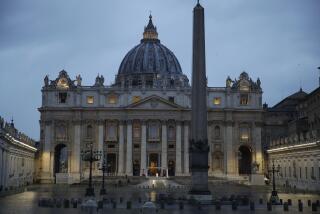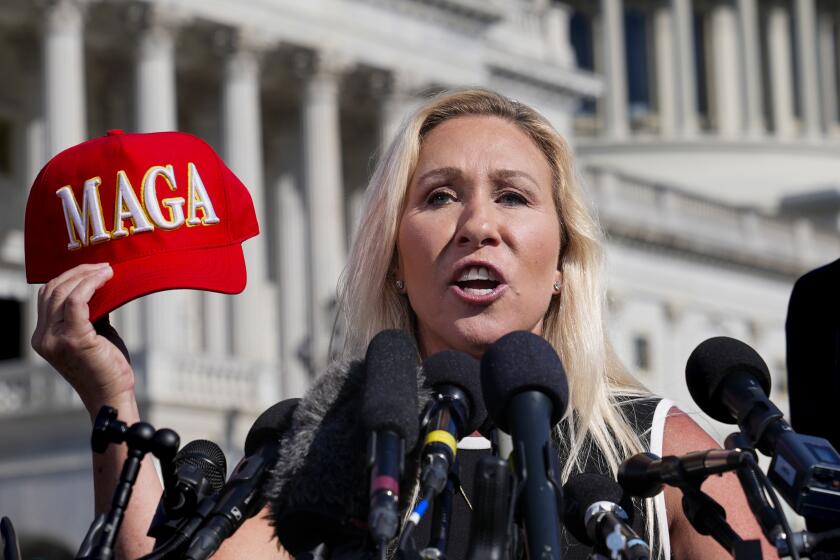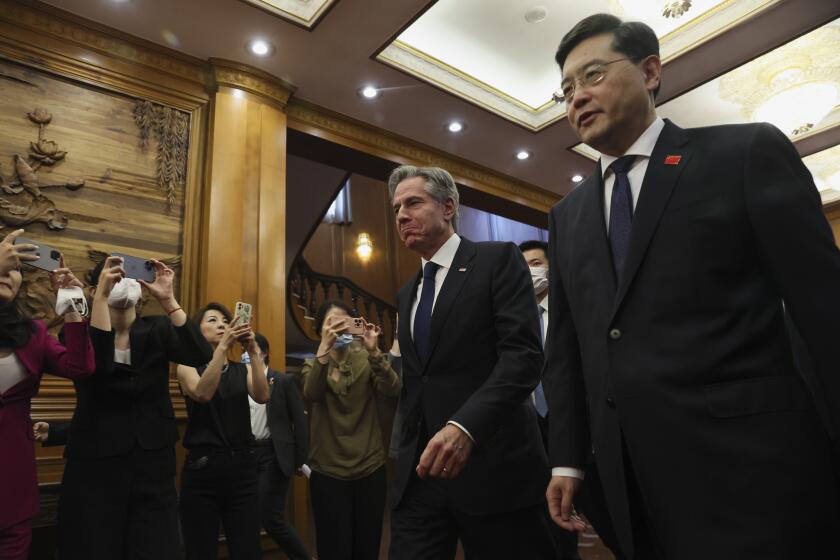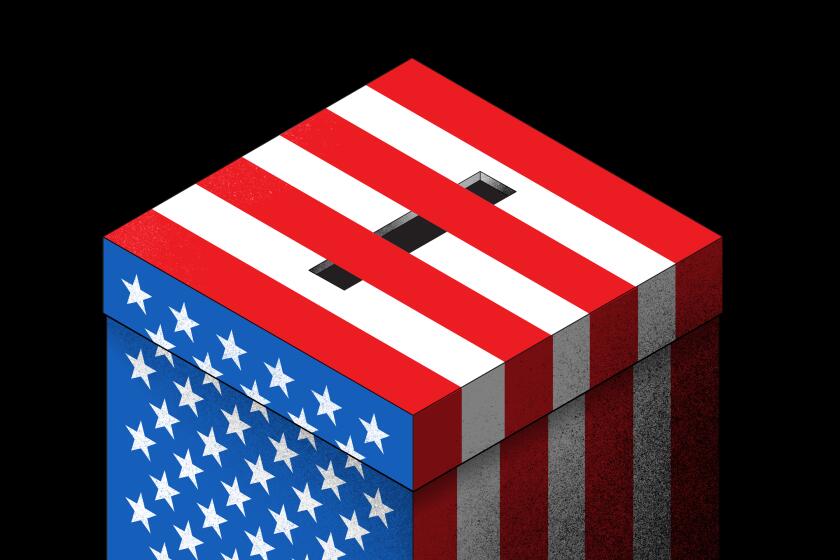International summit just a first step on climate change
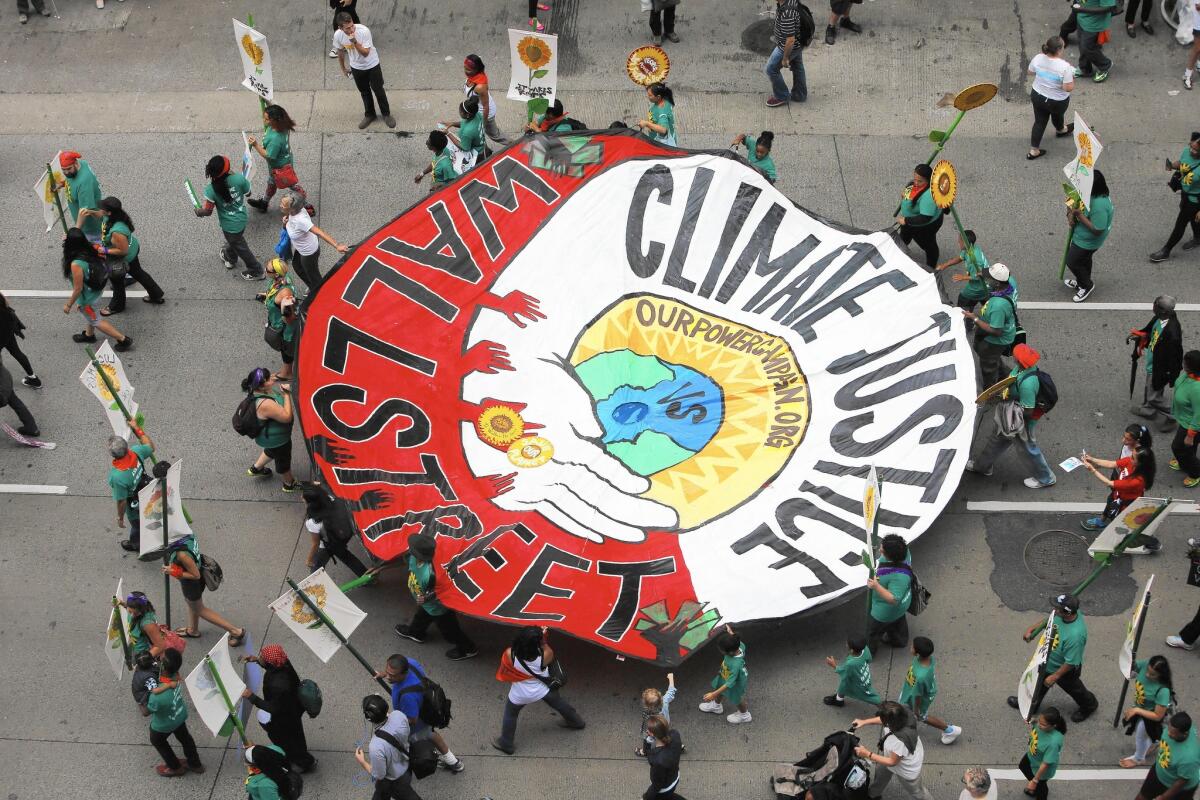
As President Obama and more than 100 other heads of state gather Tuesday in New York to spotlight the severity of global warming and the need to act on it, the scene will be more pep rally than policy negotiation.
The meeting is a launchpad for the work of crafting an international agreement that could reduce emissions enough to mute the predicted painful blows of climate change. Negotiators aim to adopt an agreement in Paris next year.
“The stakes are extremely high,” said Selwin Hart, director of the U.N. secretary-general’s Climate Change Support Team. “The science is demanding bold action be taken by all parties.”
That won’t happen in New York. The meeting isn’t a negotiation or talks. It isn’t even part of the official United Nations process to address climate change.
Rather, the New York summit has been cast as the forum where world leaders will describe in broad strokes what they plan to do to slash emissions. The specific targets for reductions for the near term and from 2020 onward are expected later, during the first half of next year.
Part of the reason for the high-wattage New York gathering is to promote the long and complex process as the U.N. tries to avoid the deadlock and wan results that marked the last time heads of state convened to address global warming, in Copenhagen in 2009.
“It’s vital for leaders to be engaged at least one year and several months before Paris so the political obstacles and pitfalls are avoided,” Hart said.
The U.N. also wants to capitalize on momentum that’s building toward real cuts to greenhouse gas emissions, analysts say, powered in great part by the United States. Criticized for leading from behind in other policy spheres, Obama has moved decisively in his second term to tackle climate change, bypassing an uncooperative Congress to attack the biggest domestic source of greenhouse gases: existing coal-fired power plants.
Globally, more places are embracing renewable energy. Major cities and corporations are cutting emissions and adapting to a climate that is already changing.
But challenges to meaningful cuts have already emerged. On Sunday, scientists announced that the world’s emissions had grown 2.3% last year to 39.8 billion tons — the highest level ever — largely because of China, the U.S. and India. The latest figures were published in the journals Nature Geoscience and Nature Climate Change.
Growth in renewable energy investments is expected to slow because of policy uncertainties in various countries, while the world’s appetite for coal is expected to stay robust, thanks to rising demand in Asia, according to the International Energy Agency. And carbon dioxide reached record levels in 2013, growing at the fastest rate in three decades, according to the World Meteorological Organization.
“There is momentum to be conveyed” for cutting emissions, said Rachel Kyte, the World Bank special envoy for climate change, “but I’m not Pollyanna about it. The question is: Will it be too little, too late?”
To avert widespread catastrophe, annual global average temperatures cannot rise more than 2 degrees Celsius, or 3.6 degrees Fahrenheit, above pre-industrial temperatures, scientists say. Largely because of fossil fuel consumption, Earth’s average temperature has already risen about 1 degree Celsius since the late 19th century.
The Paris meeting, in December 2015, is supposed to yield a formal agreement among polluting nations, but it has to be an accord “that conforms to domestic political situations,” said Jake Schmidt, international climate policy director for the Natural Resources Defense Council.
In light of Washington’s political gridlock, that would mean an agreement, rather than a more binding treaty, with emission reduction targets for each country that could be independently verified and subject to public comment, Schmidt said.
The track record that Obama will highlight in New York gives the U.S. a strong hand in urging other countries to act, climate negotiation experts said. His administration has moved to curtail carbon dioxide emissions from vehicles and power plants. The president has instructed the Environmental Protection Agency to address emissions of methane, a highly potent heat-trapping gas.
“There’s a lot of important work that’s going to get done in New York ... and some of it will involve bringing along the international community in terms of coordinating in an effort to reduce the causes of climate change and of carbon pollution,” said White House spokesman Josh Earnest.
American leadership on climate change gives policymakers in other nations the political cover to press for emissions cuts at home. “The United States’ recent domestic action has the potential to be a game-changer,” Hart said. “It represents a powerful national commitment.”
Still, after decades of stalling while emissions rose, the assurances that countries will float in New York and flesh out in Paris may not be drastic enough, said Alden Meyer, director of policy for the Union of Concerned Scientists.
“The question is, how close do we get to what’s needed, what more can be done after Paris and what’s the way to revisit targets?” Meyer said. “We’ll need multiple bites of the apple to get there.”
More to Read
Start your day right
Sign up for Essential California for news, features and recommendations from the L.A. Times and beyond in your inbox six days a week.
You may occasionally receive promotional content from the Los Angeles Times.
